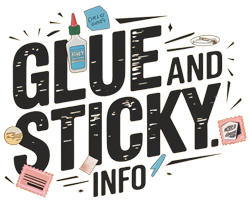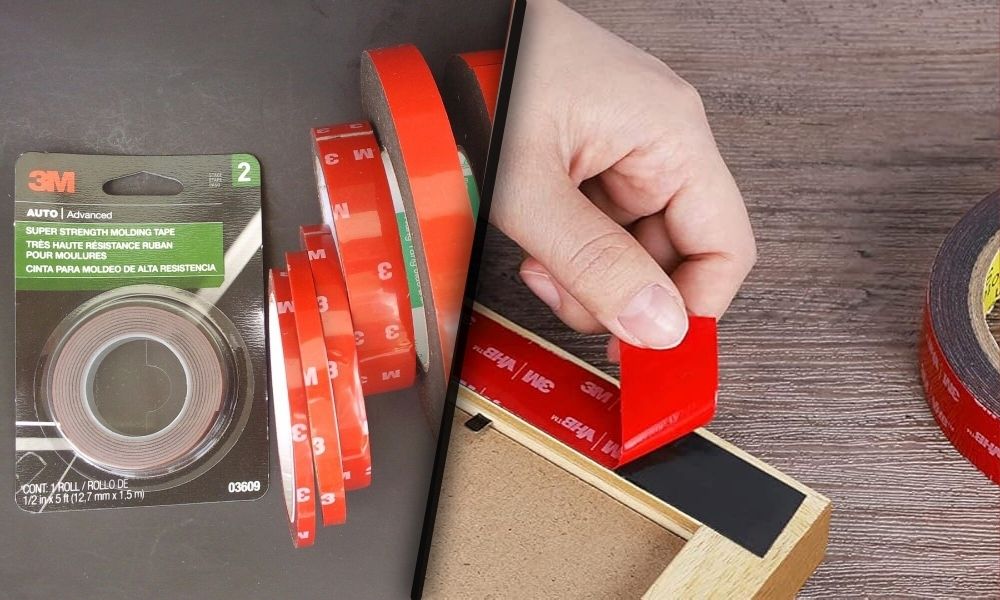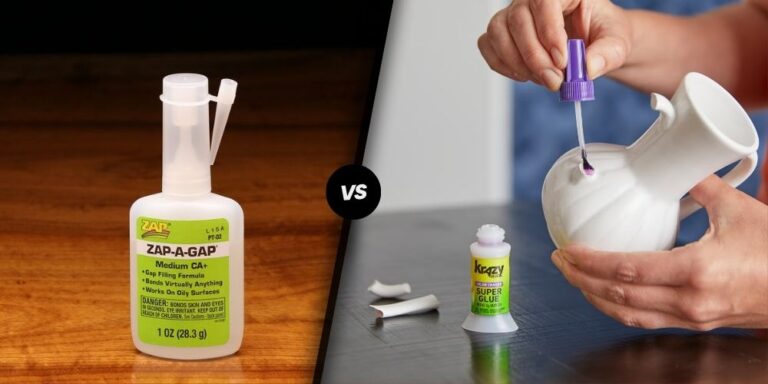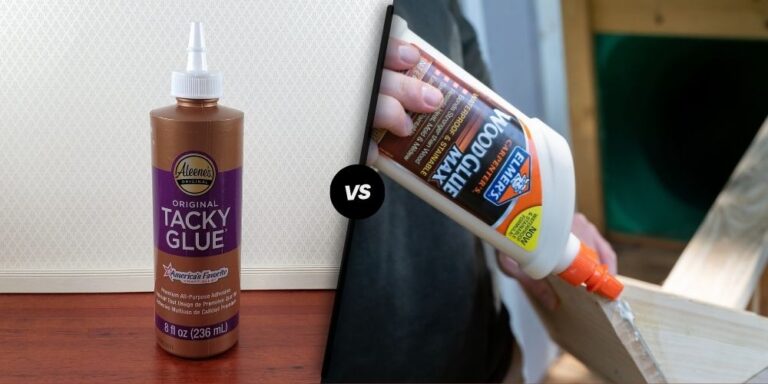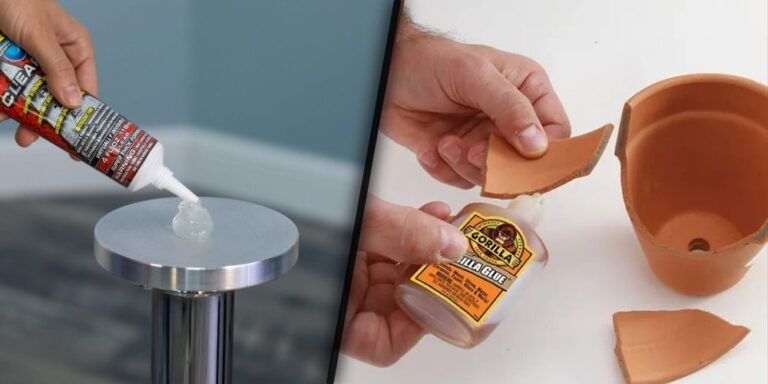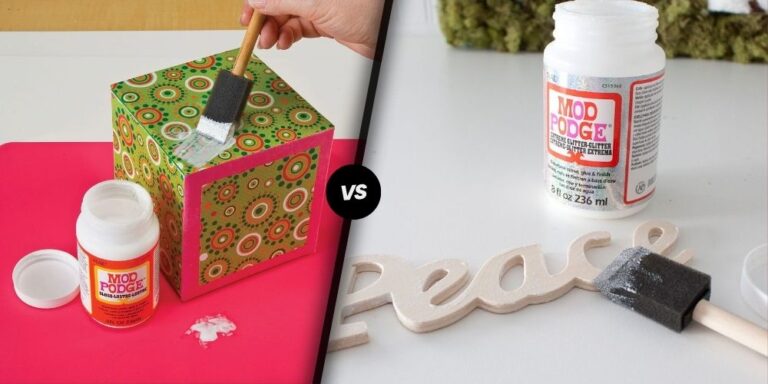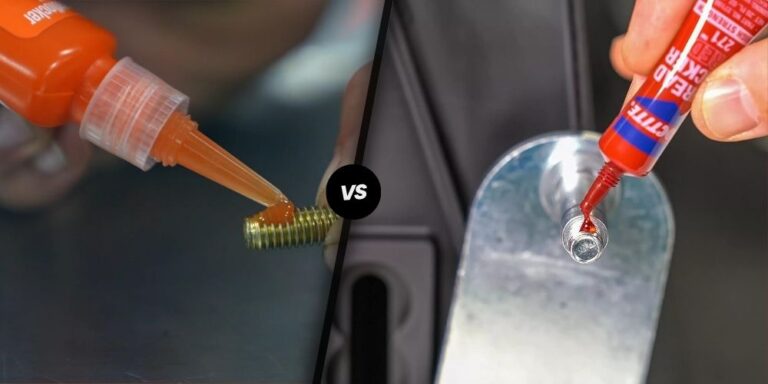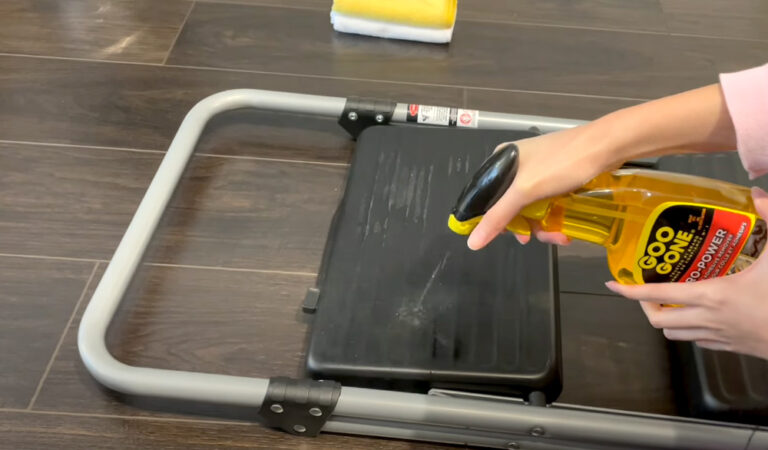3M Super Strength Molding Tape vs. 3M VHB Tape: A Detailed Comparison
When selecting high-performance adhesive tapes for industrial, automotive, or construction projects, 3M’s Super Strength Molding Tape and VHB (Very High Bond) Tape are two popular choices.
While both tapes offer strong adhesion, their properties and applications are tailored to different needs. In this article, we will thoroughly compare the two tapes across composition, adhesive performance, applications, environmental resistance, ease of use, and more.
Composition and Structure
3M Super Strength Molding Tape
The 3M Super Strength Molding Tape is designed for automotive uses. It consists of an acrylic adhesive and a medium-density foam core, allowing it to conform to vehicle surfaces. The foam’s flexibility helps absorb minor surface irregularities, ensuring a solid and durable bond for trim pieces and moldings.
3M VHB Tape
The 3M VHB Tape is engineered with a modified acrylic adhesive and a conformable foam core. Known for its viscoelasticity, this tape can bond a wide variety of materials like metal, plastic, and glass. Its structure also helps distribute stress across a bonded surface, reducing the risk of fatigue and failure under load.
Adhesive Strength and Performance
Both tapes offer strong adhesion, but the bonding mechanisms and strengths are different.
3M Super Strength Molding Tape
- Optimized for: Automotive trims, emblems, and moldings.
- Adhesive Strength: High peel strength to secure moldings and trims under various driving conditions.
- Temperature Resistance: -40°F to 250°F (-40°C to 121°C).
- Performance Conditions: Excellent for curved and textured surfaces but designed primarily for vehicle-based applications.
3M VHB Tape
- Optimized for: Industrial, architectural, and electronic bonding applications.
- Adhesive Strength: High bonding capacity with strong stress-distribution properties.
- Temperature Resistance: Up to 300°F (149°C) short-term and 200°F (93°C) long-term.
- Performance Conditions: Bonds well to dissimilar materials and withstands vibration, impact, and thermal expansion.
Comparison Table 1: Key Performance Metrics
| Property | 3M Super Strength Molding Tape | 3M VHB Tape |
|---|---|---|
| Adhesive Type | Acrylic adhesive | Modified acrylic adhesive |
| Core Material | Medium-density foam | Viscoelastic foam |
| Temperature Range | -40°F to 250°F (-40°C to 121°C) | -40°F to 300°F (-40°C to 149°C) |
| Best Use Case | Automotive trims, emblems, and moldings | Industrial panels, signage, and electronics |
| Peel Strength | High | Moderate to high |
| Stress Distribution | Moderate | High |
| Surface Compatibility | Curved, irregular surfaces | Smooth and rough surfaces, multiple materials |
| Short-term Bonding Time | Immediate | Requires some dwell time for full strength |
Applications
The two tapes are designed with different industries and use cases in mind.
3M Super Strength Molding Tape Applications
This tape is ideal for automotive projects, including:
- Attaching side moldings and emblems to car doors and panels.
- Securing trims and spoilers to exterior surfaces.
- Providing a clean, seamless look without the need for screws or rivets.
Its foam structure ensures strong bonds to textured and slightly irregular surfaces commonly found on vehicles.
3M VHB Tape Applications
The versatility of 3M VHB Tape makes it suitable for a wide range of industries, including:
- Construction: Bonding metal panels, architectural glass, and curtain walls.
- Electronics: Attaching display screens to devices.
- Appliances: Securing panels and internal components in refrigerators, washers, and ovens.
- Signage: Mounting large exterior signs without mechanical fasteners.
VHB Tape excels in projects requiring a high-strength, long-lasting bond that can handle vibrations and thermal expansion.
Environmental Resistance
Both tapes are engineered to withstand environmental exposure, but with slightly different levels of protection.
3M Super Strength Molding Tape
- Moisture and UV Resistance: Designed to handle rain, car washes, and sunlight.
- Temperature Durability: Maintains adhesion despite extreme cold or heat.
- Chemical Resistance: Protects against automotive solvents and oils.
3M VHB Tape
- Weather Resistance: Withstands fluctuating outdoor conditions, including rain, UV light, and temperature changes.
- Vibration Absorption: Viscoelastic core absorbs mechanical shock, protecting sensitive structures.
- Thermal Expansion: Can accommodate expansion and contraction in bonded materials, reducing stress.
Comparison Table 2: Environmental Resistance and Durability
| Feature | 3M Super Strength Molding Tape | 3M VHB Tape |
|---|---|---|
| Moisture Resistance | High | High |
| UV Resistance | High | High |
| Chemical Resistance | Moderate to High | High |
| Shock Absorption | Moderate | High |
| Thermal Expansion Handling | Low to Moderate | High |
| Suitable for Outdoors | Yes (mainly automotive environments) | Yes (varied industrial applications) |
Ease of Use
Both tapes are user-friendly but differ in their preparation and application processes.
3M Super Strength Molding Tape
The tape is easy to apply, even for DIY automotive projects. Users simply:
- Clean the surface to remove dust, grease, and moisture.
- Cut the desired length of tape and apply it.
- Press firmly to secure the bond.
The bond is immediate, requiring no special primers or drying time.
3M VHB Tape
While also simple, VHB Tape demands careful preparation for optimal adhesion:
- Clean surfaces thoroughly to remove all contaminants.
- Apply a primer if bonding low-surface-energy materials (e.g., plastics).
- Apply pressure to ensure contact between the adhesive and both surfaces.
Although the bond is strong initially, full adhesive strength is achieved after a dwell time of 24 to 72 hours.
Limitations
While both tapes offer exceptional performance, they have limitations.
3M Super Strength Molding Tape
- Material Compatibility: Best for automotive substrates; may not adhere well to metals or glass.
- Temperature Sensitivity: Less suitable for applications requiring sustained high-temperature resistance.
3M VHB Tape
- Cost: Generally more expensive due to its industrial-grade performance.
- Surface Preparation: Requires precise cleaning and sometimes priming, which can increase setup time.
- Immediate Strength: Needs time to develop full bond strength, which may not be ideal for fast-paced installations.
Conclusion
Choosing between 3M Super Strength Molding Tape and 3M VHB Tape depends on your project’s specific needs. If you’re working on automotive trims or emblems, the Super Strength Molding Tape offers excellent adhesion and convenience. For industrial applications requiring strong, long-lasting bonds across various materials, 3M VHB Tape is the superior choice due to its stress-distribution capabilities, environmental resistance, and versatility.
By understanding the differences in composition, performance, and application, you can make an informed decision and ensure a successful, durable bond for your project.
